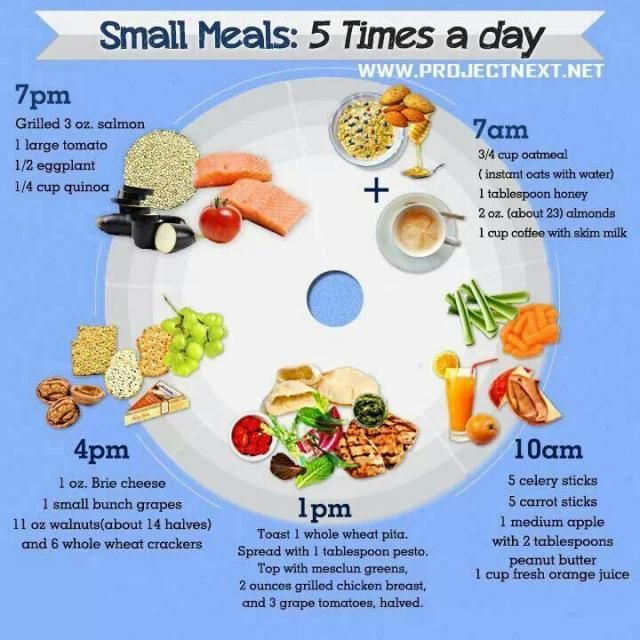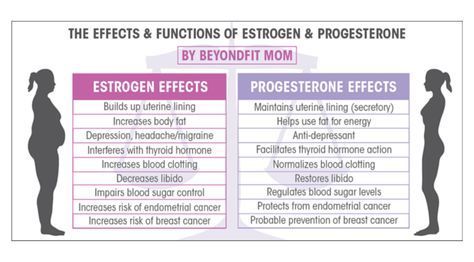Yoga is an ancient practice that not only promotes relaxation and stress relief but also enhances strength and flexibility. Incorporating yoga into your fitness routine can help you achieve a well-rounded workout that targets both the body and mind. In this article, we will explore various yoga poses and techniques that specifically focus on developing strength and flexibility.
Benefits of Yoga for Strength
Yoga poses such as arm balances, inversions, and standing poses can significantly increase your strength. The consistent practice of these poses helps build and tone muscles throughout the body. Additionally, yoga improves joint stability, which further enhances overall strength.
1. Arm Balances
Arm balancing poses like Crow pose (Bakasana) and Side Plank (Vasisthasana) require a strong core and upper body strength. These poses engage the arms, shoulders, and abdominal muscles, helping to develop strength and stability.
2. Inversions
Inversions, such as Headstand (Sirsasana) and Shoulderstand (Sarvangasana), build strength by challenging your balance and engaging your core muscles. These poses also increase blood flow to the brain, improving mental clarity and focus.
3. Standing Poses
Standing poses like Warrior I (Virabhadrasana I) and Triangle (Trikonasana) work the lower body muscles, including the quadriceps, hamstrings, and glutes. These poses enhance stability, strengthen the legs, and improve overall body alignment.
Benefits of Yoga for Flexibility
Yoga is renowned for enhancing flexibility. Regular practice of yoga poses can increase joint mobility, loosen tight muscles, and improve overall flexibility. By lengthening and stretching muscles, yoga allows for increased range of motion and freedom of movement.
1. Forward Folds
Forward fold poses like Standing Forward Bend (Uttanasana) and Seated Forward Bend (Paschimottanasana) stretch the muscles in the back, hamstrings, and calves, increasing flexibility in the lower body. These poses also promote relaxation and can help alleviate tension and anxiety.
2. Backbends
Backbend poses like Cobra (Bhujangasana) and Bridge (Setu Bandhasana) open up the chest and shoulders while stretching the front of the body. These poses improve spinal flexibility and counteract the effects of prolonged sitting, creating a healthier posture.
3. Hip Openers
Hip-opening poses like Pigeon pose (Eka Pada Rajakapotasana) and Butterfly pose (Baddha Konasana) increase flexibility in the hips and improve lower back mobility. These poses release tension in the hip joints and can relieve lower back pain caused by tight muscles.
Conclusion
Yoga offers numerous benefits beyond relaxation and stress relief. By incorporating yoga into your fitness routine, you can develop both strength and flexibility in your body. Whether you’re a beginner or an experienced yogi, there are poses and techniques suitable for everyone. Practice consistently, listen to your body, and enjoy the journey to a stronger and more flexible you!








